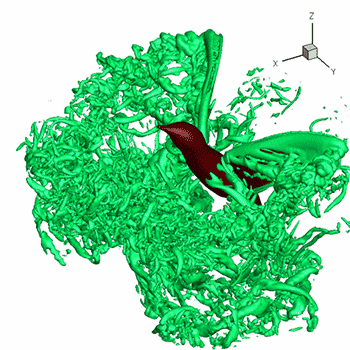How do you describe the end behavior for #f(x)=-x^5+4x^3-5x-4#?
1 Answer
As
As
Explanation:
End behavior is determined by the degree of the polynomial and the leading coefficient (LC).
The degree of this polynomial is the greatest exponent, or
The leading coefficient is the coefficient of the term with the greatest exponent, or
For polynomials of even degree, the "ends" of the polynomial graph point in the same direction as follows.
Even degree and positive LC:
As
As
Even degree and negative LC:
As
As
For polynomials of odd degree, the "ends" of the polynomial graph point in opposite directions as follows (note, there is a saying that Odd means Opposite when graphing).
Odd degree and positive LC:
As
As
Odd degree and negative LC:
As
As
In this example, the degree is odd and the leading coefficient is negative. Therefore,
As
As

